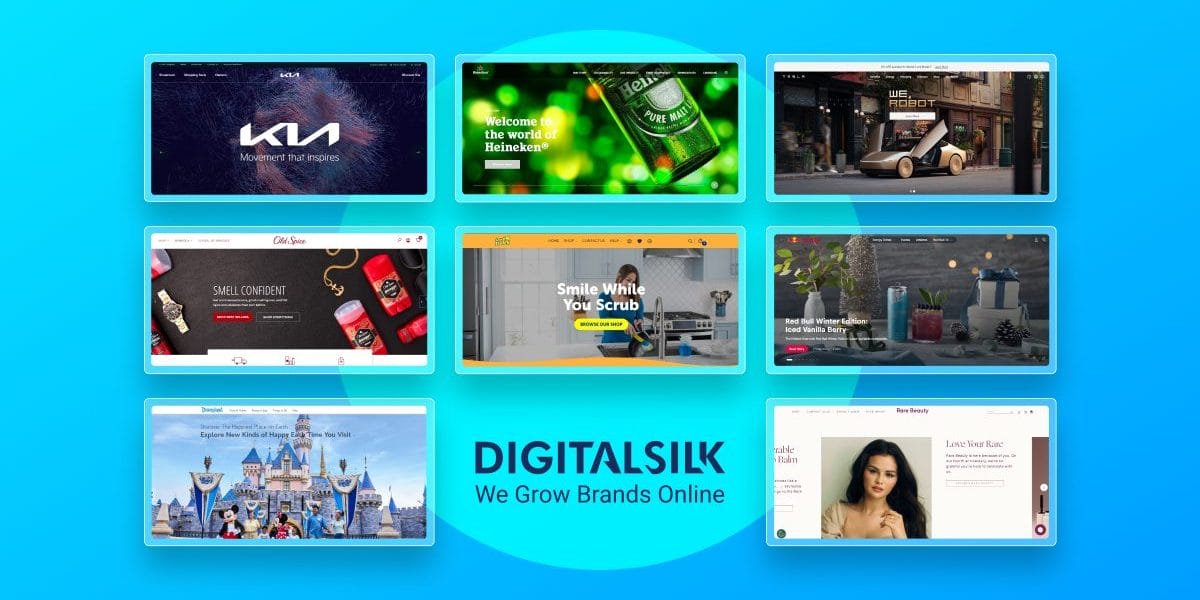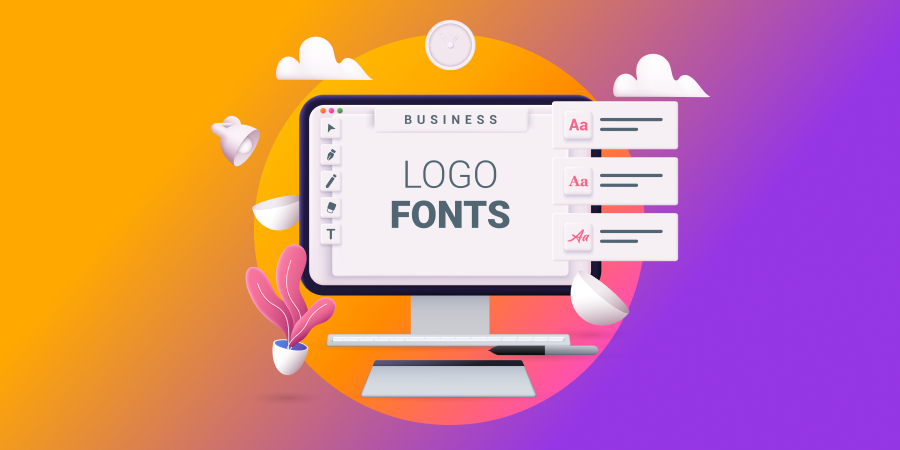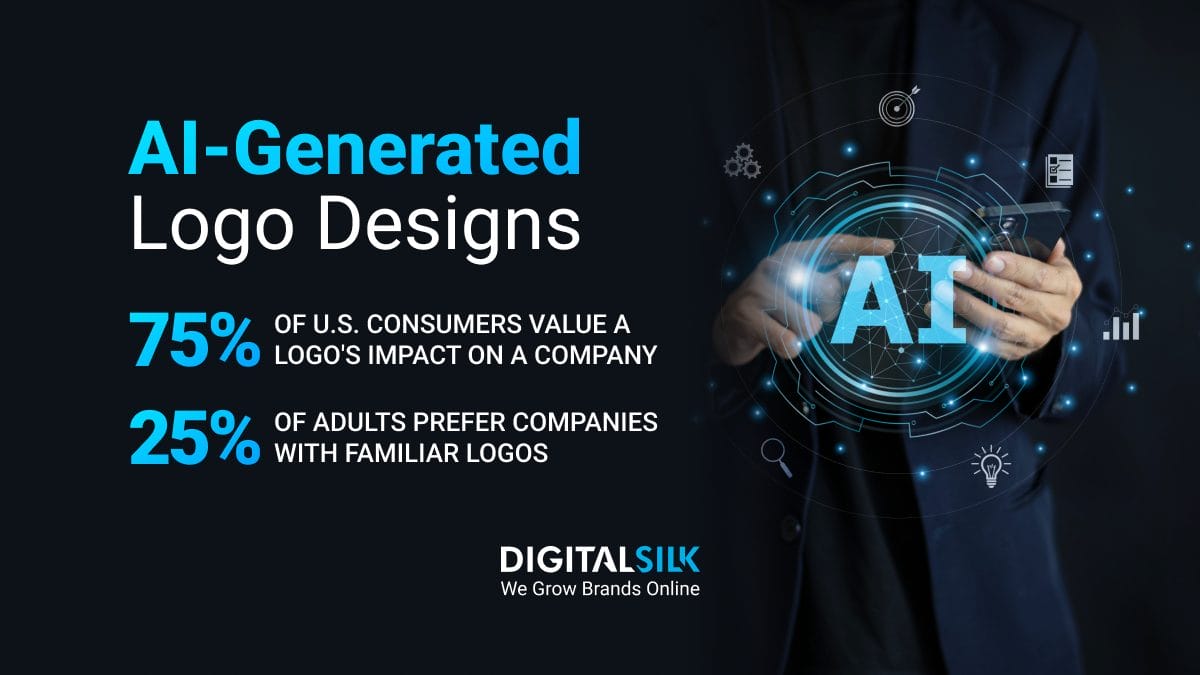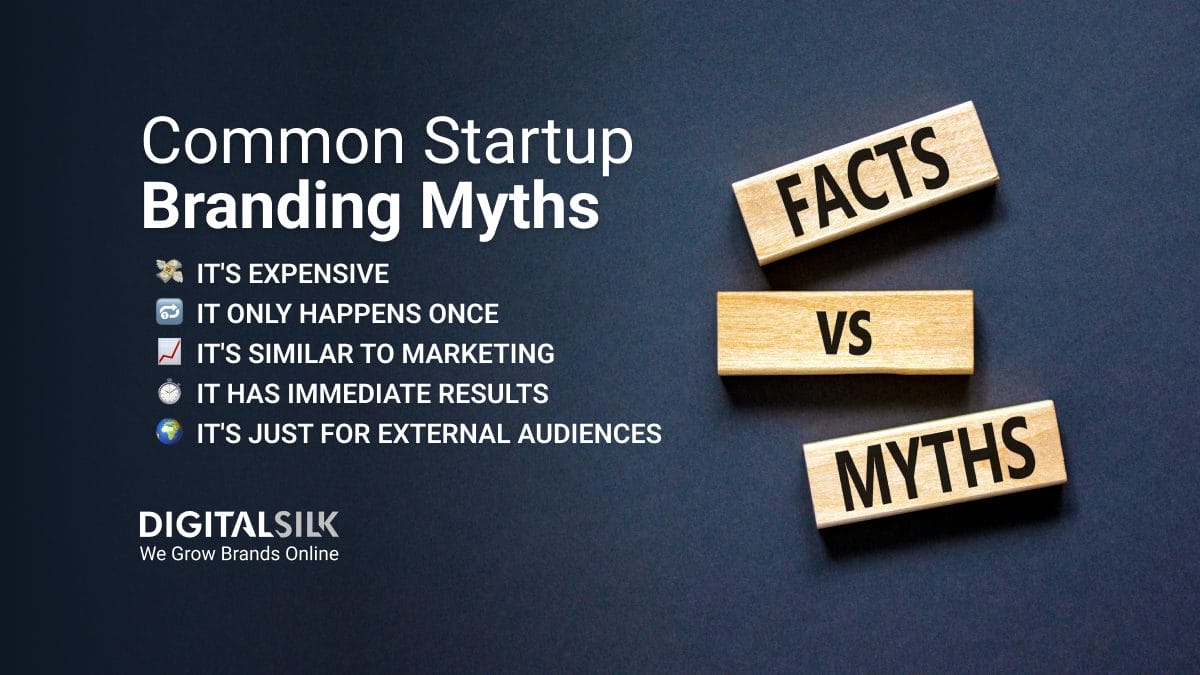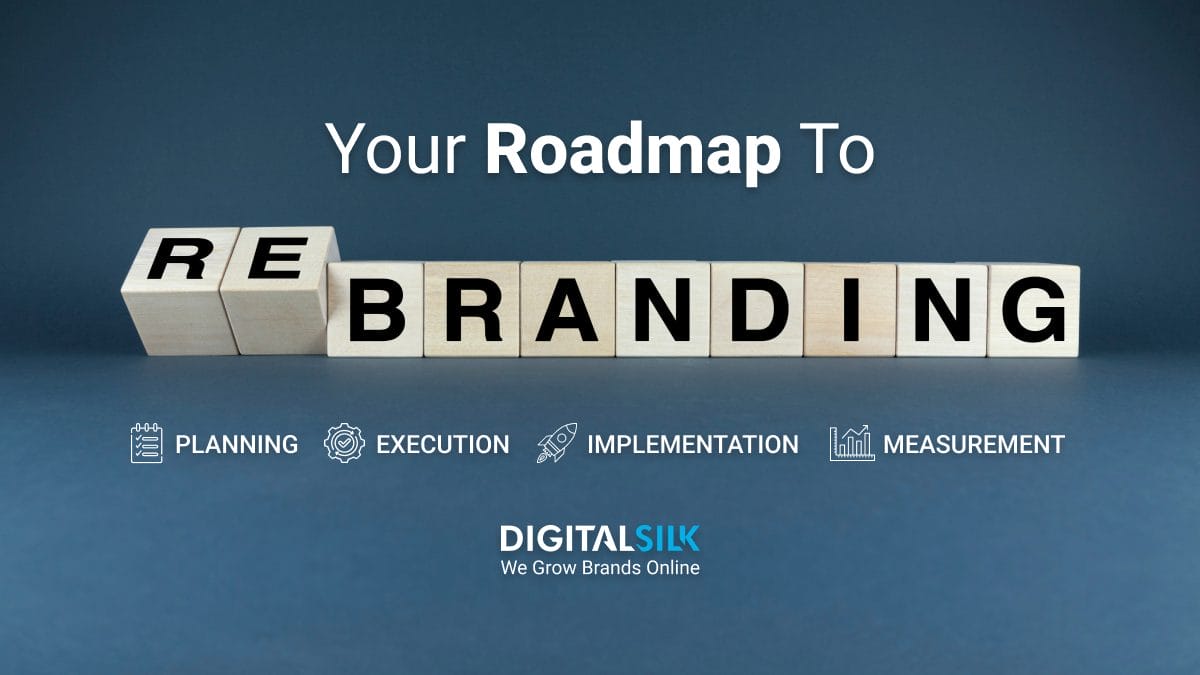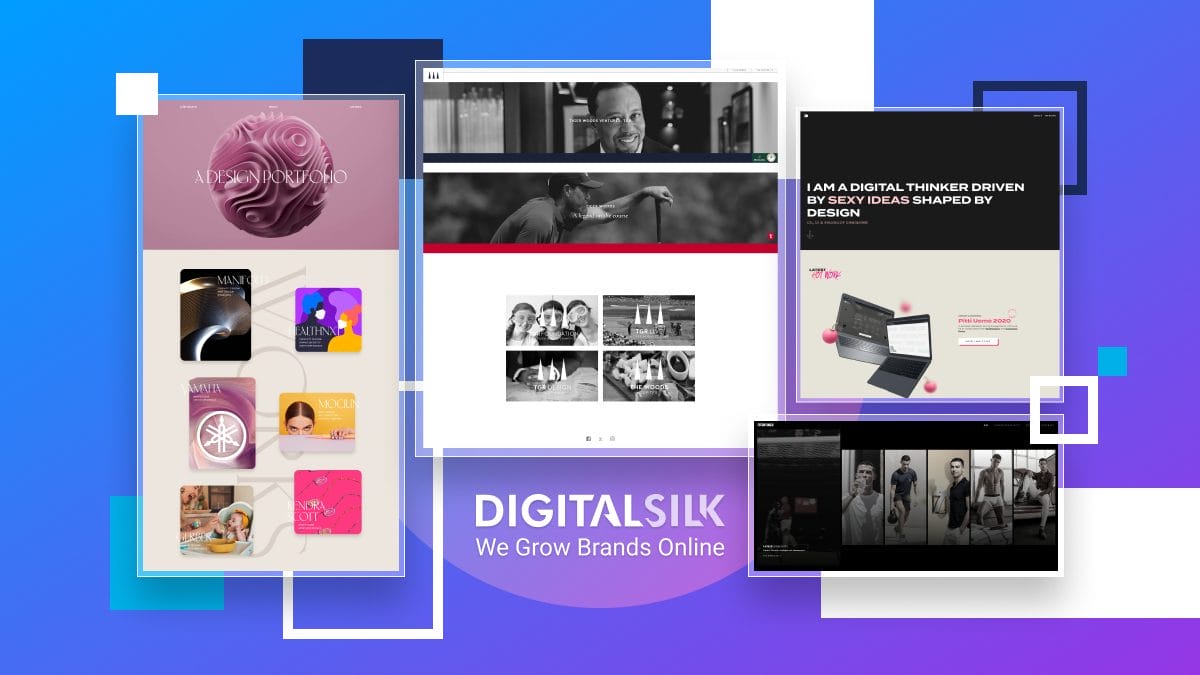When you have a headache or a fever, do you reach for painkillers or Tylenol? When someone mentions fast food, do you automatically think of McDonald’s? If you want to look something up online, do you “Google it” or do you refer to it as using a search engine?
These scenarios are perfect examples of everyday brands that have become so ingrained in our minds that they’ve replaced the generic terms for such products or services.
These proprietary eponyms are the core of brand awareness strategies and can facilitate market differentiation.
So much so that 63% of marketers agree that brand awareness is an important metric for measuring the success of branding campaigns.
Below, we’ll explore 15 useful brand awareness examples to inspire your own branding efforts.
15 Effective Examples Of Brand Awareness Campaigns
While each strategy has its own signature practices, we’ve compiled a list of 15 brand awareness campaign examples that have established a memorable and recognizable presence within the competitive landscape.
Each campaign on our list is unique in its execution, but the common thread they share is their ability to effectively connect with their target audience and increase brand visibility. We based our selection on factors like innovation, creativity, social impact and overall success.
1. Spotify
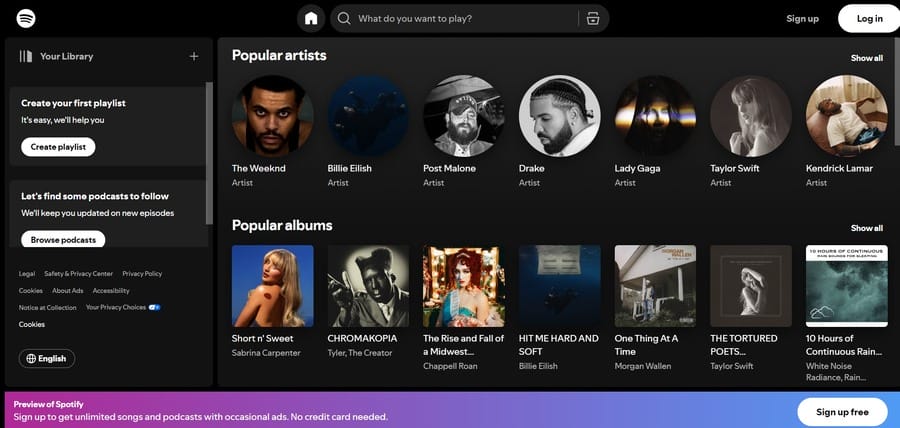
Spotify embraces accessibility and inclusivity through its cross-device compatibility and user-friendly interface while focusing on individual user preferences.
The platform offers personalized annual ‘Wrapped’ playlists, tailored daily mixes and new artist recommendations based on past user listening habits.
Spotify’s attention to detail, listener-centric practices and consistent music library updates have catapulted the brand to the top of streaming platform charts
2. Heineken
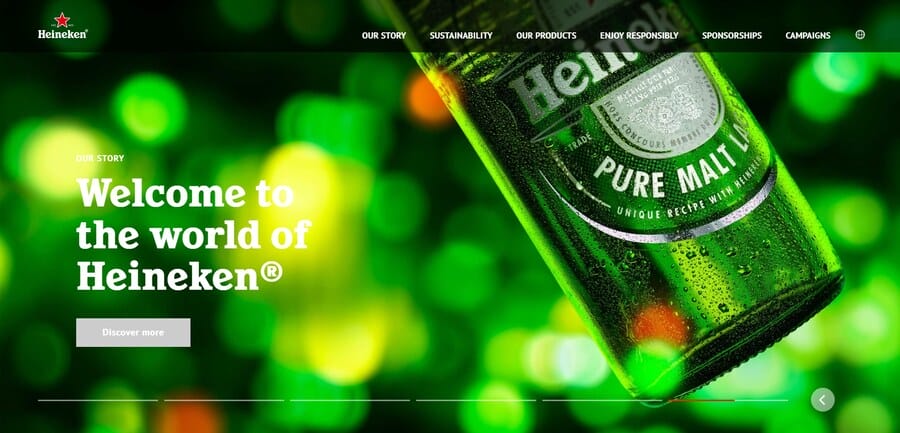
Heineken promotes unity in diversity — people from all backgrounds and walks of life can enjoy cracking open a cold one.
The brand’s campaigns focus on challenging societal barriers and bringing people together, often using clever and humorous ads to convey its messaging.
The slogan ‘Welcome to the World of Heineken’ creates a sense of community and shared experiences, while the brand’s signature green color scheme is evident across all touchpoints.
3. Red Bull
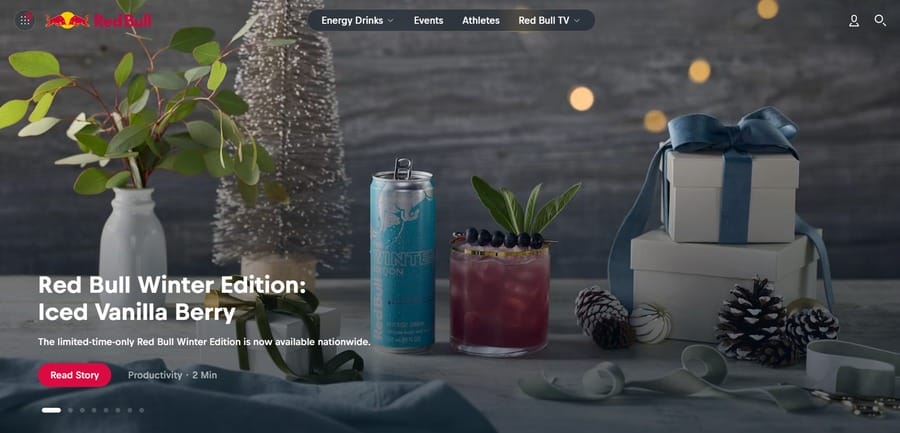
Red Bull is more than just a regular energy drink — it’s a culture that embodies an active and adventurous lifestyle, thrilling extreme sports and high-energy events.
Its brand strategy is unapologetically bold and daring, with ads showcasing extreme stunts and adrenaline-pumping activities.
Red Bull regularly takes part in event planning and sponsorships, such as the Red Bull Cliff Diving World Series, Red Bull Air Race and Red Bull Crashed Ice series to create a strong association between the brand and target audience lifestyle.
4. Old Spice
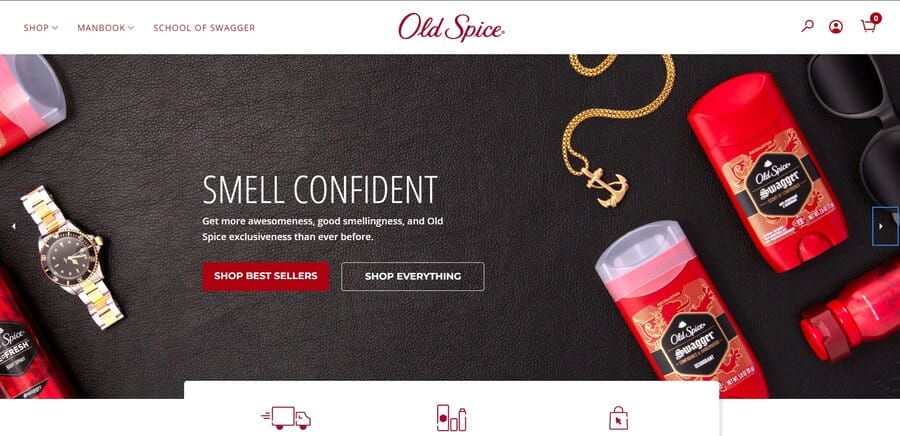
Old Spice’s branding efforts focus on its comedic personality, often featuring over-the-top and humorous messages about masculinity and self-confidence.
The company’s bold and witty messaging is engaging, entertaining and memorable, which quickly skyrocketed the brand’s recognition, popularity and worldwide appeal.
Old Spice uses authentic storytelling, tongue-in-cheek slogans, timely social media interactions with consumers and pop culture references to connect with its target demographic.
5. Volvo
Who else could do the splits while balancing on two moving trucks but Van Damme? If there’s anything that could get audiences talking, it’s a sarcastically poetic, viral-worthy commercial like this one to turn Volvo into an internet sensation.
The idea is to market Volvo trucks as stable, smooth and reliable options for the target audience.
This fun marketing stunt quickly cemented the brand’s position on the global map as a company that focuses on innovation, safety and adventure.
6. Kia
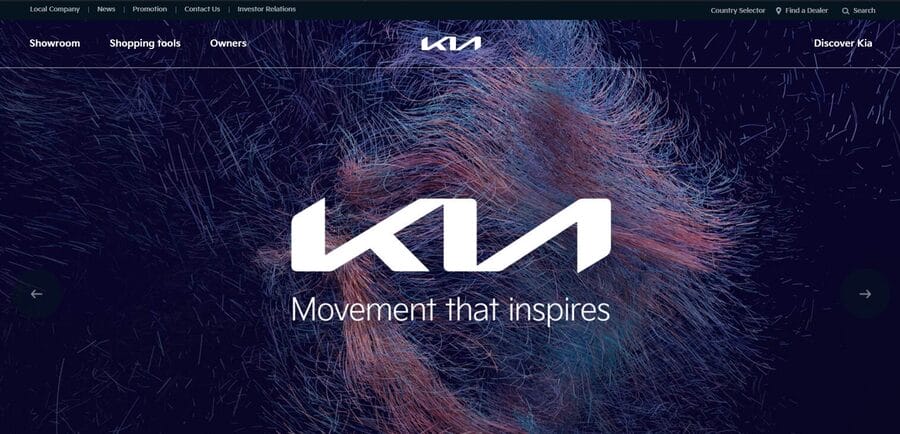
Kia kickstarted its ‘Plan S’ strategy in early 2021 with a new logo and slogan to reflect its commitment to driving change, building a better future and inspiring similar endeavors in the industry.
The ingenious new logo was a bit confusing at first because it was quite different from the original design most consumers were used to. Plus, the Kia name isn’t exactly legible unless you already know what it says.
As a result, people started googling “KN cars” to make sense of the new design. The results then clarified that the logo stood for Kia, but this buzz did exactly what the brand intended — it generated curiosity, conversation and exposure.
7. Rare Beauty
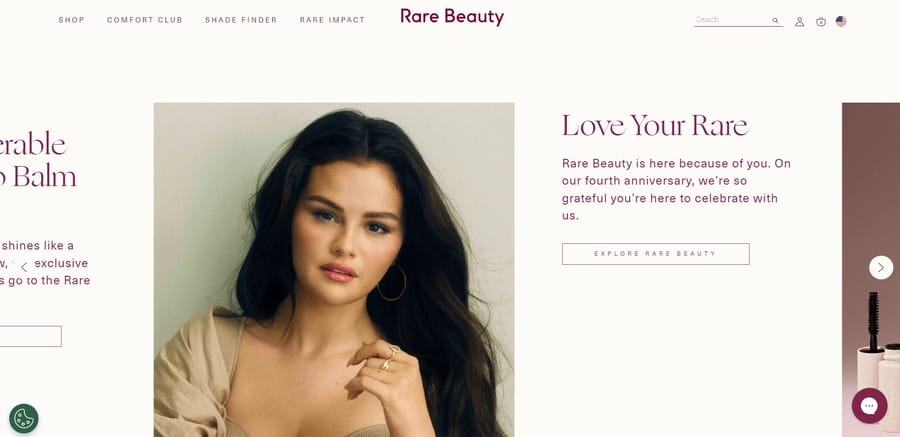
Rare Beauty‘s stance on vulnerable beauty, mental health and self-acceptance is more than just a brand awareness strategy — it reflects the company’s beliefs, values and mission statement.
Actress and singer Selena Gomez promotes inclusivity and positivity through her brand, focusing on finding comfort in your own skin, embracing individuality and supporting mental health initiatives.
Aside from the company’s pigmented, well-formulated and cruelty-free products, its continuous efforts to break beauty standards and support meaningful causes have resulted in a loyal following and widespread recognition.
8. Dropbox
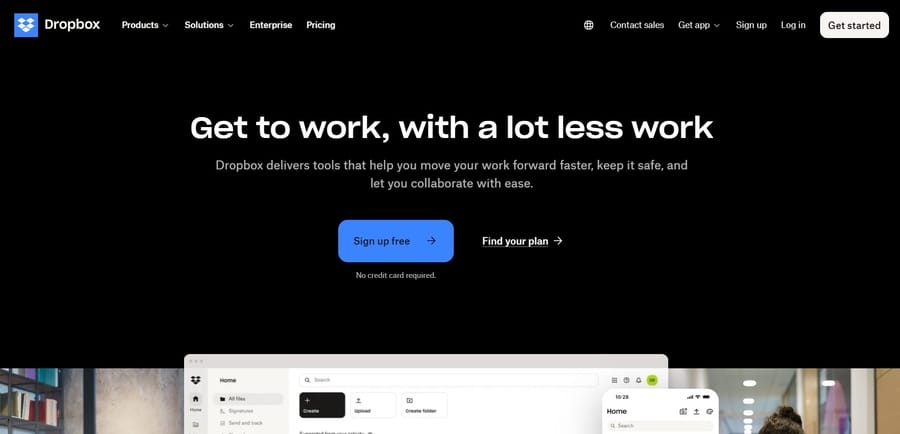
With the rise of new cloud solutions and file hosting services, Dropbox faced immense competition from the likes of Google Drive and Microsoft OneDrive.
The company upped its branding and marketing efforts with a dedicated referral program that incentivizes current users to promote its product and provide personalized value for new and returning customers.
Dropbox offered storage incentives in exchange for referrals, which increased its user base, garnered positive word-of-mouth and ultimately boosted its brand awareness.
9. Beyond Meat
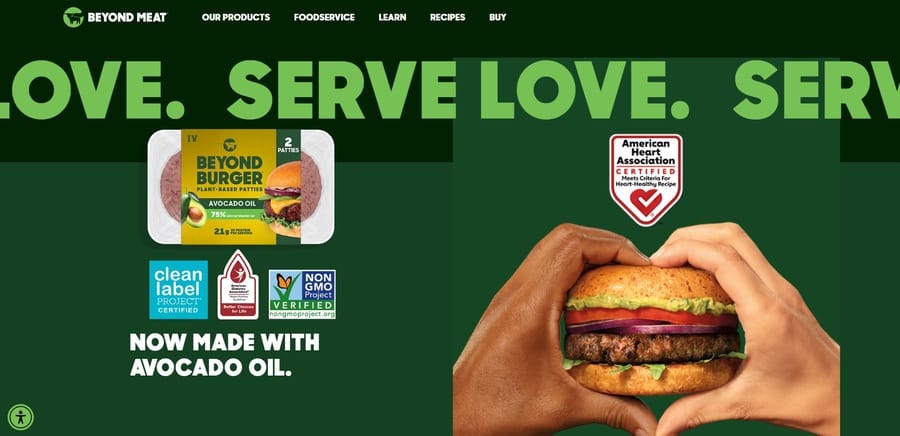
Beyond Meat‘s thoughtful copy, purpose-driven messaging and authentic audience engagement are the main ingredients behind its brand awareness strategy.
Over time, its meat substitutes caught the eye of vegan and non-vegan consumers alike and its eco-friendly food production practices gained widespread recognition.
Beyond Meat’s strategy is effective because it addresses its target audience’s pain points, educates them on the benefits of plant-based eating and aligns with their values.
10. Netflix
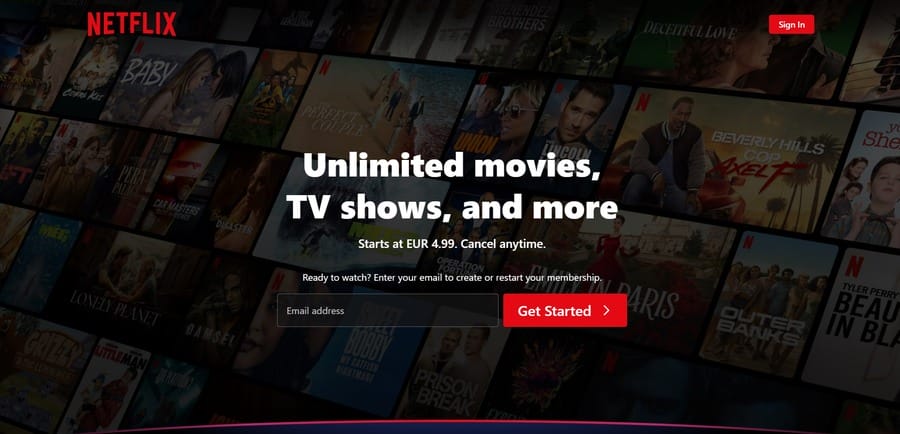
The streaming service industry undoubtedly benefits from the growing demand for online entertainment, but Netflix’s success can be attributed to its strategic branding and marketing efforts.
The company boasts some admirable Key Performance Indicators (KPIs) — with brand awareness landing at a staggering 96% in the U.S. in 2023.
The platform allows users to watch content offline, generates personalized recommendations and supports multi-user streaming, which quickly propelled the company to streaming service stardom.
11. Glossier
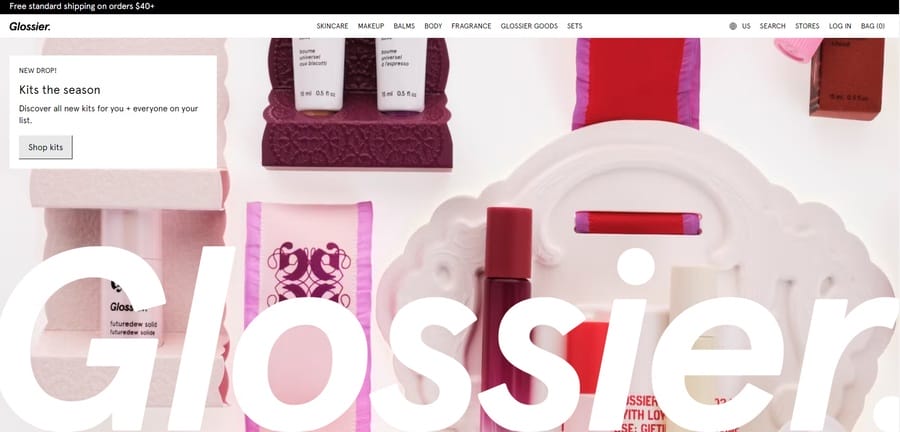
Glossier adopts a “skin first, makeup second” branding strategy, emphasizing using makeup to enhance natural beauty rather than covering it up.
This inherently tugs at the heartstrings of body-positivity and self-love advocates who prioritize inner confidence over external validation.
Not to mention the strategic influencer partnerships, engaging social media posts and consumer-centric on-page content for a memorable and relatable brand experience.
12. Tesla
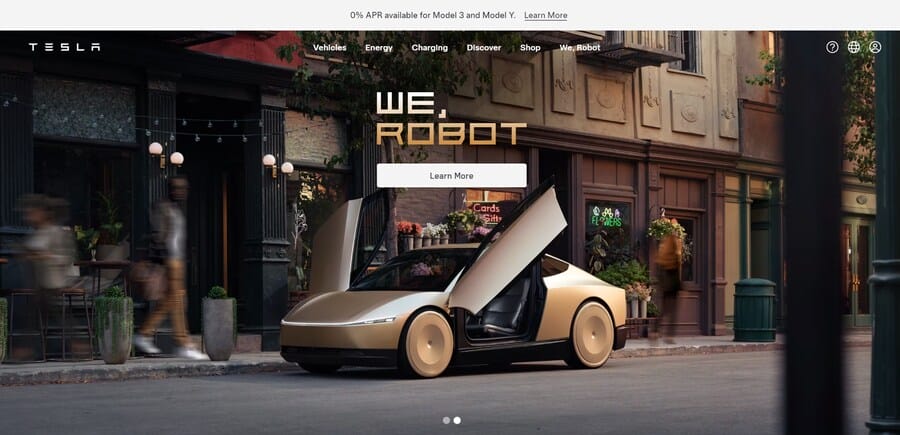
Tesla’s signature market position is largely a result of word-of-mouth marketing and Elon Musk’s larger-than-life personality rather than traditional branding efforts.
But even so, the company has clear long-term goals, signature designs and a distinctive brand voice that resonates with high-end, eco-conscious car buyers.
13. Scrub Daddy
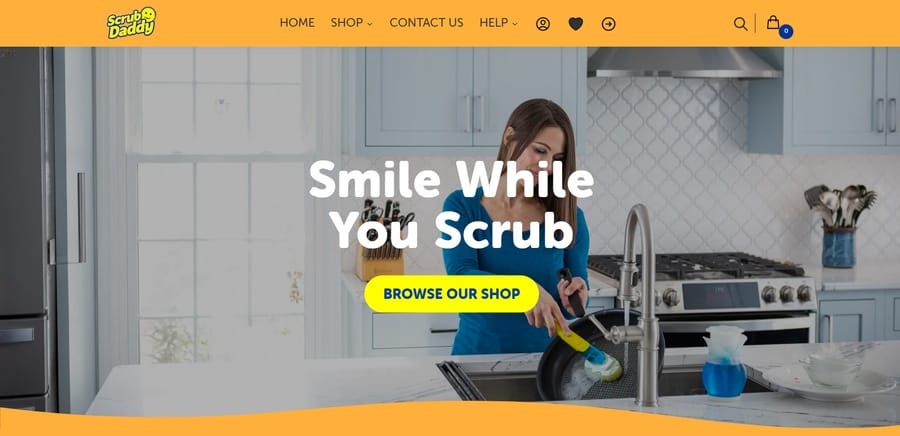
There’s hardly ever been so much buzz about an everyday cleaning product as before Scrub Daddy hit the market.
This smiley-faced sponge quickly took social media by storm with its playful branding, witty customer exchanges and creative product demonstrations.
Whenever users see Scrub Daddy, they immediately associate it with fun and effective cleaning — something that not many brands can claim.
14. Ryanair
A snarky airline company with authentic and purposeful messaging? Sign us up!
Ryanair may not be everyone’s first choice for air travel, but its attention-grabbing advertisements and bold branding have caught the eye of many travelers.
The company’s branding strategy is based on having low fares, a straightforward mission statement and a cheeky sense of humor.
15. Duolingo
It wouldn’t be a complete list of brand awareness strategy examples without mentioning Duolingo, the language learning app with a bright green owl mascot, playful interface and gamified education practices.
The platform regularly interacts with users through quirky and humorous messages, creates engaging social media content and offers endearing merchandising options.
How Can Businesses Increase Brand Awareness?
Global advertising spending is expected to hit $974 billion in 2025, which only points to the fierce competition for consumer attention in a crowded market.
Sure, you can allocate a significant marketing budget and saturate all channels with relevant promotional materials but that can be quite costly and time-consuming.
Plus, there’s no guarantee that your branding efforts won’t fall on deaf ears or yield tangible results.
Instead, brands should focus on strategically boosting awareness through thoughtfully executed steps, including:
1. Compelling Brand Messaging
Disneyland’s “Happiest Place on Earth” or Coca-Cola’s “Open Happiness” are two impactful brand awareness examples that reflect their unique value proposition and mission statement.
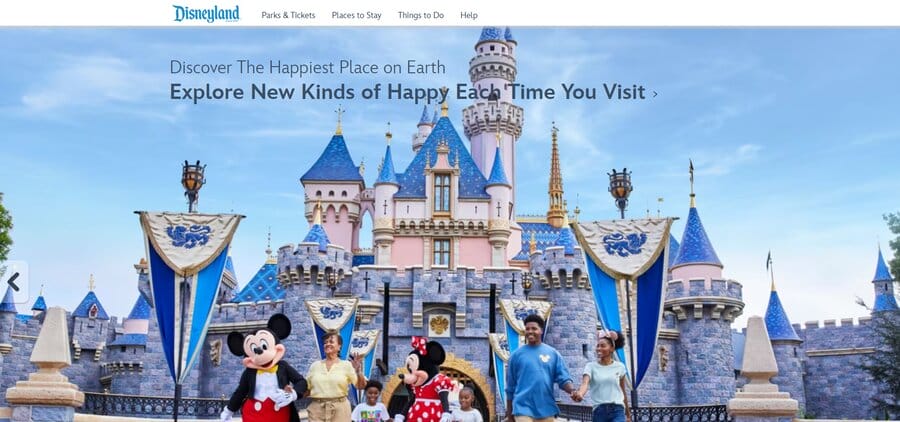
When you have a signature voice and brand persona to convey specific promises to solve your target audience’s problems and pain points, you facilitate lasting emotional connections, better customer acquisition and retention and improved credibility.
To curate your messaging, analyze your target audience’s main concerns, values and aspirations and see how they align with your brand’s mission and vision.
Since 81% of users need to know or trust a brand before making a purchase, how you present your unique value proposition and communicate your core messaging is the foundation for boosting engagement and recall.
2. Consistent Visual Assets
55% of first brand impressions are visual.
To maintain consistency across channels, brands should develop a signature brand kit with elements like logos, color palettes, typography, icons and sample collaterals.
For instance, McDonald’s is no stranger to using wordless visual assets to convey their brand message.
The iconic golden arches and red color scheme instantly bring the fast-food chain to mind, thanks to its well-established identity and visual brand language.
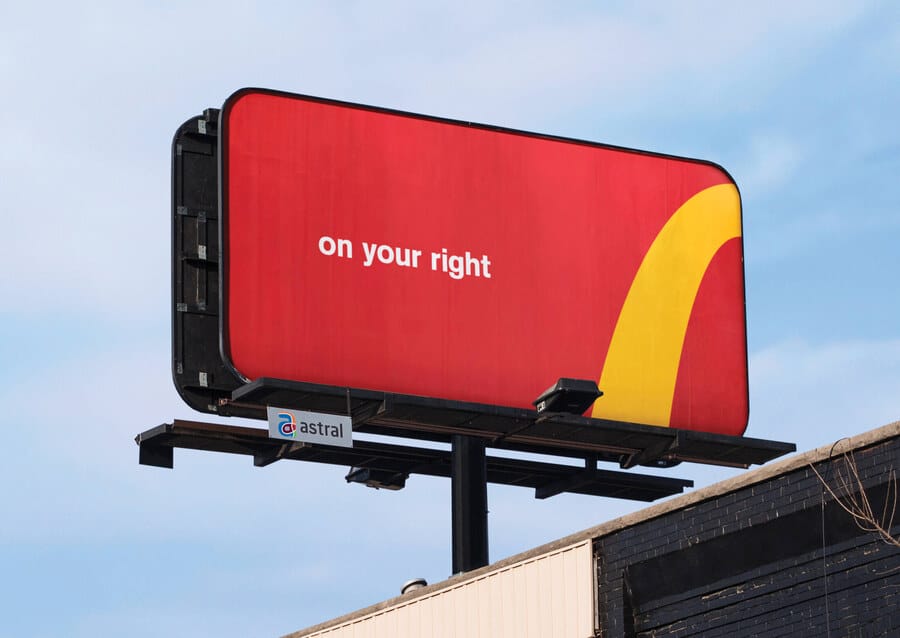
3. Targeted Products Or Services
Offering valuable and brand-specific products or services provides tangible solutions to your target audience’s problems and positions your brand as an expert in your chosen niche.
Find something that sets your products or services apart from competitors and emphasize it in your brand strategy. This can be a unique feature, a strong mission statement or exceptional customer service.
4. Genuine Audience Interactions
Focusing on client-centric interactions and providing complete transparency for your target demographic is the key to boosting brand recognition and recall.
This includes treating your customers with respect, actively listening to their feedback and providing timely updates on promotions, discounts or potential changes in their accounts.
Extensive personalization can increase average revenue per customer by a whopping 166%, so you should tailor your branding efforts and messaging to resonate with each customer.
5. Current Market Position Assessment
Selling a one-of-a-kind product in a particularly niche market isn’t exactly a possibility in today’s saturated market. In most cases, you’ll compete with businesses that offer similar solutions.
Your goal is to determine where you fit into that equation. How do your products or services differ from the competition? What qualities would you like consumers to associate with your brand and how would your brand make them feel?
How To Measure Brand Awareness
Brand awareness is an infamously difficult and vague concept to measure. Most strategies use top-of-funnel tactics as touchpoints for the consumer journey, so tracking their direct impact and attributing new leads to such efforts is quite the challenge.
But just because you can’t overtly see the effects of brand awareness doesn’t mean that it’s not fruitful or important.
Fortunately, several quantitative and qualitative measurements can give insight into a brand’s awareness and the effectiveness of its marketing efforts.
Quantitative Parameters
Quantitative measurements keep track of specific actions throughout the customer journey, which you can then use to assess past accomplishments and plan new objectives.
- Direct traffic: This measures visitors that type your URL directly into their browser, which means they’re familiar with your brand and are actively looking for it on search engines. You should also notice lower bounce rates and increased time on site compared to pre-campaign launch time periods.
- Site traffic: This metric identifies the number of users that visit your site without accounting for where they came from. It includes both organic and paid traffic from all branding efforts, so you can compare the numbers before and after a campaign launch to determine its effectiveness.
- Social media engagement: Social channels are perhaps the easiest to track since brands can directly analyze performance metrics such as post likes, comments and shares. With social media users expected to grow to 5.42 billion globally in 2025, you can reach a large audience with targeted content, meaningful interactions and branded messaging.
Qualitative Parameters
Qualitative measurements go beyond numbers and track more abstract concepts. This doesn’t mean they’re less valuable, but rather that they offer holistic feedback on your branding efforts.
- Social listening: This cross-platform monitoring technique analyzes customer conversations, comments, brand mentions and other interactions across social media channels. It allows businesses to examine how people perceive and engage with their brand and find new ways to improve core messaging and customer service.
- News alerts: Instead of manually searching for brand mentions, you can set up Google Alerts to let you know when your business is making waves online. You can track mentions on news websites and blog posts and monitor press releases and social media conversations. Plus, you can keep track of current competitor and industry trends to quickly respond to changes and build brand authority.
- Customer surveys: Businesses can evaluate their audience’s perception of their products or services through thoughtfully executed surveys to gather feedback. This helps you address the needs of loyal customers, casual shoppers and new prospects. Surveys offer insights into what the target demographic likes about a specific brand and help identify areas for improvement.
Digital Silk’s Brand Awareness Strategy Examples
Digital Silk uses data-driven and research-backed brand awareness strategies to help businesses increase their online visibility and reach their target audience. We analyze each client’s unique needs and goals to develop a customized solution to drive growth.
Ampure
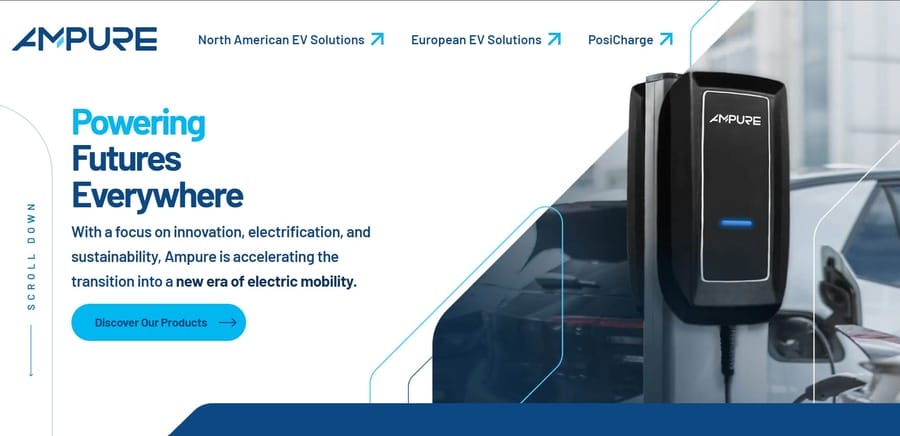
Our team launched a full rebrand for Ampure, a leader in electric vehicle and industrial charging solutions.
Digital Silk created unique, ownable positioning with a standard set of brand rules and toolkits to facilitate consistency across online and offline touchpoints.
Our branding strategists developed a signature voice and personality to rebrand the global leader in sustainable and innovative electric charging solutions.
We supported the worldwide rollout across web, digital and printed media with key messaging to resonate with the target audience.
Mezocare
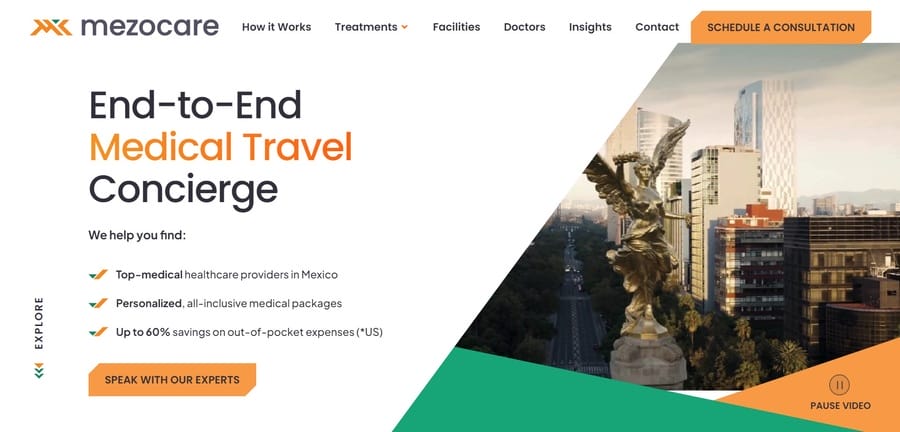
Our client Mezocare helps clients find industry-leading doctors and facilities, schedules commitment-free consultations and organizes every detail of their medical trip, including on-site support and in-city transport.
Digital Silk identified Mezocare’s signature market, positioning opportunity and target audience pain points to create a tailored branding strategy.
Our team created a new logo, name and brand book based on Mezocare’s unique value proposition and core messaging to support its global launch and boost recognition.
Increase Your Brand Awareness With Digital Silk
When executed properly, your brand awareness strategy can foster meaningful connections with consumers, increase engagement and boost conversion rates.
As a full-service branding agency, Digital Silk handles all aspects of your strategy to deliver measurable results, enhance credibility and build customer loyalty.
Our end-to-end-branding solutions include:
- Brand strategy
- Brand identity and naming
- Brand and logo design
- Custom web design and development
- Digital marketing
- Consulting services
Contact our team, call us at (800) 206-9413 or fill in the Request a Quote form below to schedule a consultation.
"*" indicates required fields


